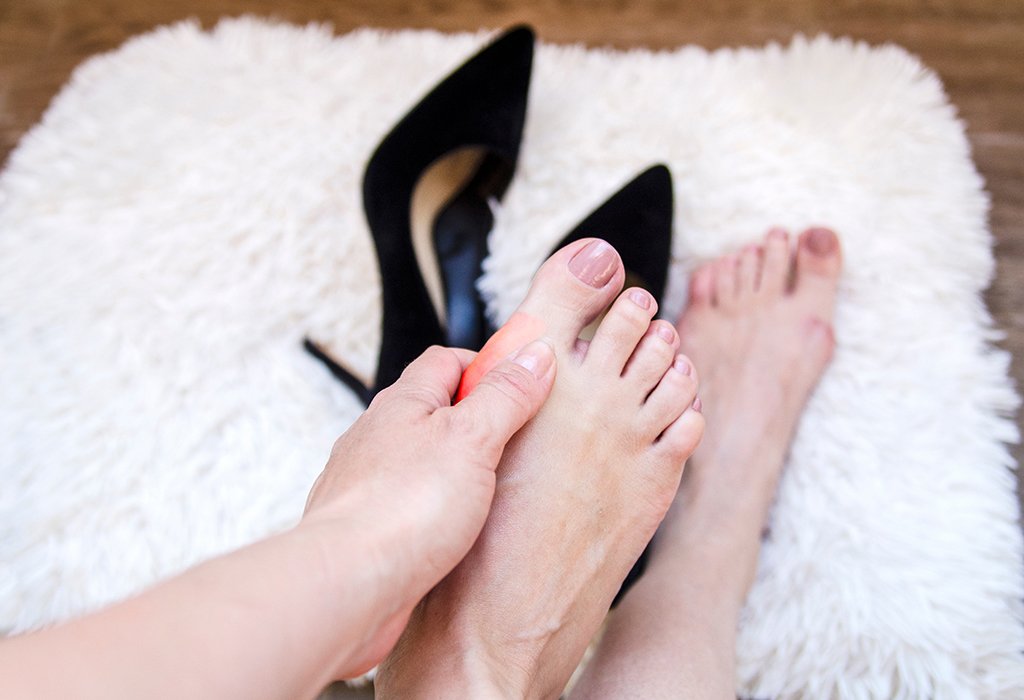HALLUX VALGUS
Minimally Invasive Surgery to correct your
Bunion
A bunion is a common condition when the big
toe leans toward the second toe, rather than
pointing straight ahead. Thus, causing the big
toe to have an abnormal protrusion which
looks as a bump. People with a flatfoot or overpronated
foot are prone to bunions. Family
history is also an important factor of incidence.
Inappropriate footwear may make the condition
worse but they are not the cause of it. Bunions
worsen with advancing age and can eventually
cause pain and deformity.
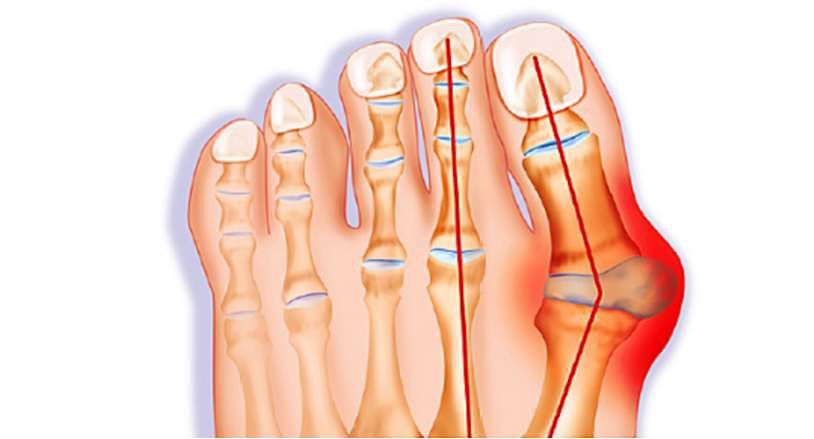
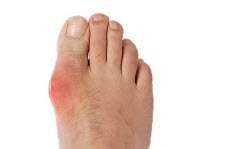
Symptoms
Symptoms, which occur at the site of the bunion may include:
- Pain or soreness
- Inflammation and redness
- A burning sensation
- Possible numbness
- Painful callosities on the toes & sole
Symptoms are most evident when wearing illfitting shoes especially around the toes or high heels. This is why women are more likely to have symptoms of bunions than men. In addition, spending long periods of time on your feet can aggravate the symptoms.
Can I leave it alone?
If left untreated, it can lead to painful swelling, cracked skin, overlapping second toe and eventually painful arthritis (wear & tear) and stiffness at the big toe joint. Sometimes, a patient’s walking pattern may also be affected as the weight on the foot is shifted to the outer side.
Do I need to consult a specialist?
The bunions may not be bothering you. However, to fully evaluate the condition, it is advisable to consult a specialist to determine the degree of the deformity and to assess the predisposing cause for your bunion. If left neglected, it may cause more problems in the future.
Can I manage without surgery?
Bunions can be managed without surgery with the aid of silicone toe spacers, night splints, footwear modification, toe stretching or some custom insoles to offload the painful joint. These external supports do not reverse the bunion shape but help to provide comfort to the feet and prevent any skin callosities from developing.
What is minimally invasive bunion surgery?
Minimally invasive bunion surgery is usually done as a day surgery procedure. The procedures involve removing the “bump” of bone, correcting the toe shape, and most importantly to ensure the reduction of pain from the symptoms. The aims of the surgery are to restore foot shape, allow for excellent joint motion, immediate weight bearing and to achieve very low recurrence rate.

Minimally invasive surgery is done through small incisions in the skin
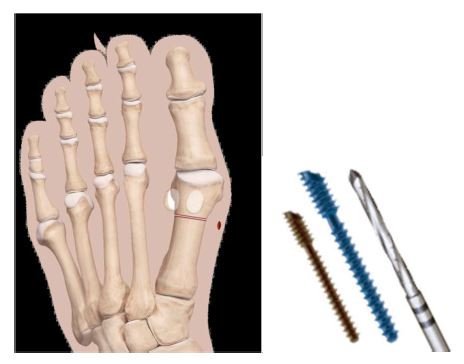
Using a special burr instrument, your surgeon will correct your deformity with precise bone cuts through small incisions using X-ray guidance.
The correction is held in place by low profile titanium screws. In selecting the procedure or combination of procedures for you, the foot and ankle specialist surgeon will take into consideration the extent of your deformity based on the findings, your age, your lifestyle, and other factors. Occasionally, an open surgery may need to be employed to correct the deformity if it is very severe. The length of the recovery period will vary, depending on the procedure or procedures performed.

Recovery after Surgery
You can have immediate mobility after surgery with the aid of a soft sandal. Special foot bandaging is necessary to assist in holding the big toe in place, with the sandal to protect the toe whenever you walk. This is required for about 4-6 weeks.
What is the success and the risk involved
Bunion surgery is a very safe procedure. General attention needs to be paid to wound healing, bone healing and swelling control. With cutting edge technologies nowadays, the recurrence rate is extremely low. Your surgeon will assess the risks and complications individually with you and customize the best treatment plan according to your condition, age and lifestyle amongst other factors.
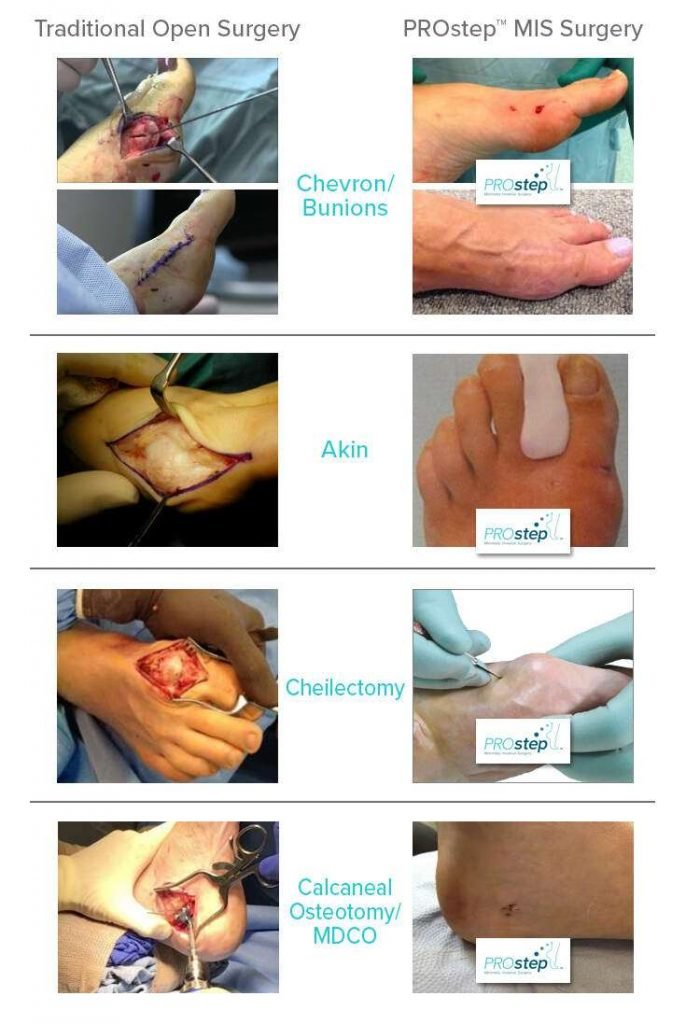
Dr. Yegappan Muthukaruppan
Consultant Orthopaedic Surgeon
- Consultant Orthopaedic Surgeon
- Specialist in Orthopaedic Sports Medicine

